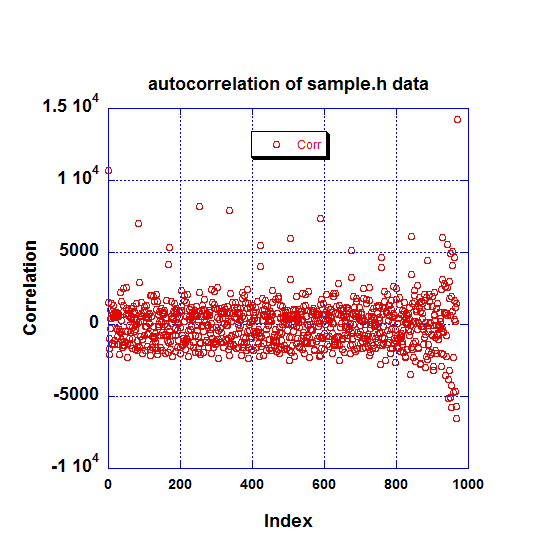Accurate Frequency Detection is important for many projects such as Guitar/Piano Tuners, Vibration Analyzers, Heartrate Monitors, MEMs Sensor Analysis and Laboratory Instruments.
There have been many fine examples of projects that try to solve this problem, for example: Arduino Frequency Detection by amandaghassaei on Instructables and Arduino Frequency Counter Library, but they all use Time Domain techniques; analyzing the signal for features such as : Zero-Crossings, Peak Detection, Slope Detection etc..
Waveforms with very strong harmonic content makes the fundamental frequency undiscernable and signals like that will not be identifiable using Time Domain techniques.
I've written an instructable on how to use Autocorrelation to reliably Identify the frequency of signals in the presence of noise and strong harmonic content.
Actually is surprisingly easy.
Here it is.



